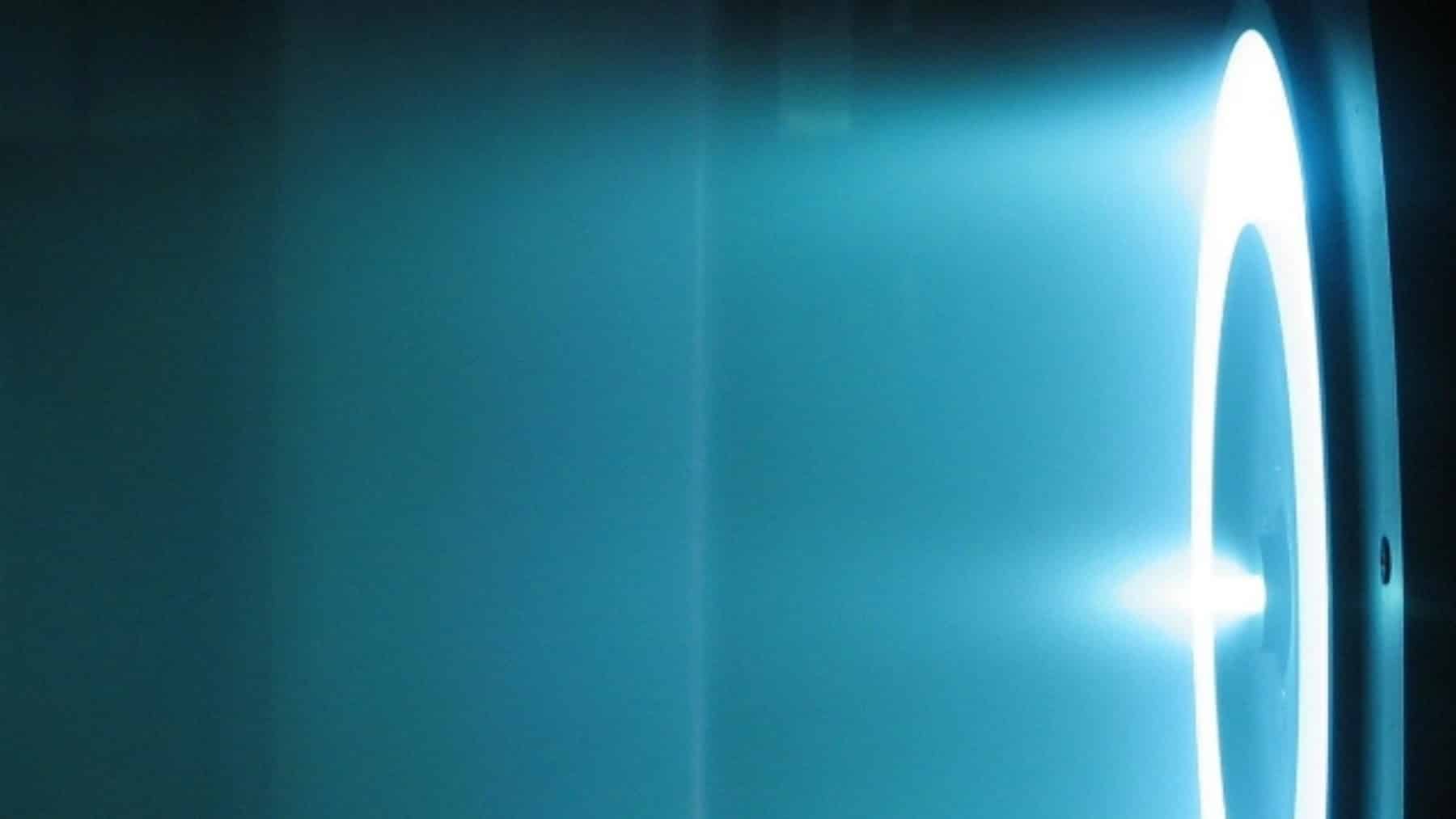NASA's Plasma Revolution: Fueling the Future of Aviation
Key Ideas
- NASA and FGC Plasma Solutions introduce plasma-assisted combustion as a groundbreaking innovation for fuel efficiency and emissions reduction.
- Plasma-assisted combustion shows potential benefits in rocket propulsion, supersonic transport, and power generation, promising a cleaner future for multiple industries.
- Challenges like scalability exist, but if successful, this technology could revolutionize the way fuels are burned, leading to a new era of low-emission combustion systems.
- While nuclear fusion remains a mystery, NASA's focus on plasma-assisted combustion presents a significant leap forward in rethinking combustion for a greener future.
NASA and FGC Plasma Solutions have unveiled a revolutionary approach to fuel efficiency with plasma-assisted combustion, challenging traditional beliefs by offering a cleaner and more effective way to power jets and potentially revolutionize multiple industries. This innovative method involves injecting bursts of plasma into the combustion chamber to stabilize the flame and improve fuel burning, showcasing its effectiveness in real-world applications. Beyond aviation, plasma combustion shows promise in rocket propulsion, supersonic transport, and power generation, indicating a shift towards lower emissions and enhanced reliability. While scalability remains a challenge, successful implementation could lead to a new era of cleaner combustion systems. By focusing on plasma-assisted combustion, NASA aims to redefine combustion at its core, paving the way for a greener future in aviation and energy production. Despite the allure of nuclear fusion, NASA's pursuit of plasma technology signifies a significant step towards achieving cleaner and more efficient fuel usage, potentially outshining traditional methods in the race for sustainable energy solutions.
